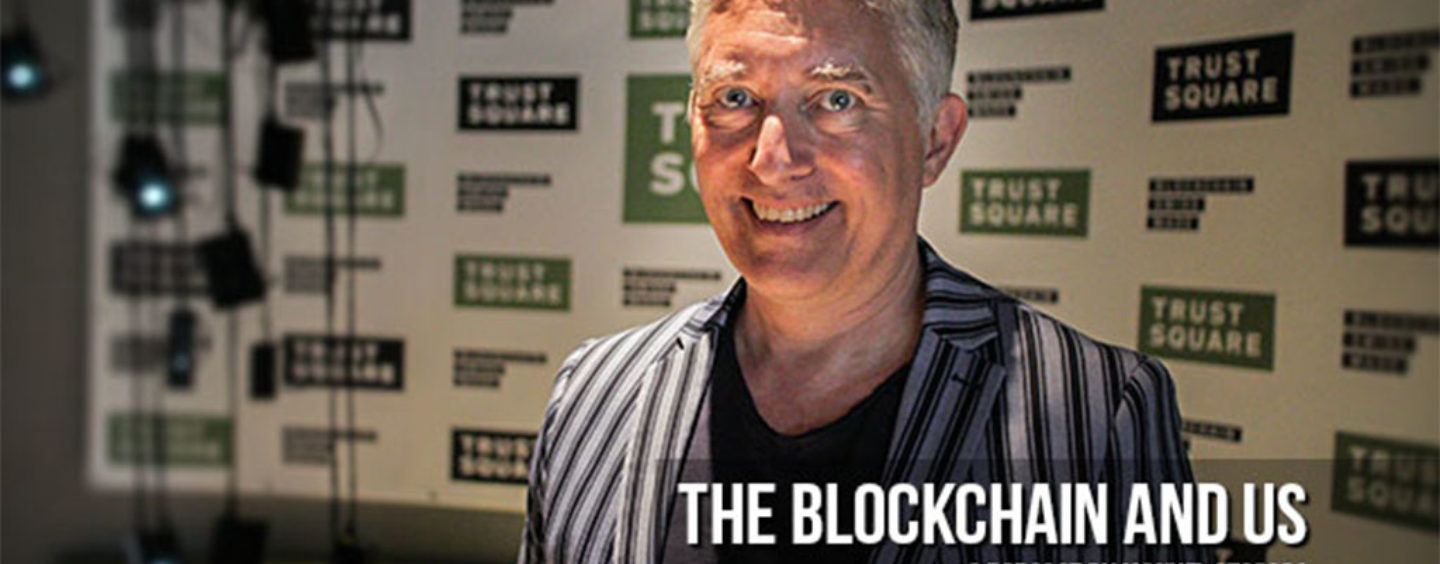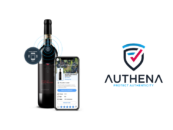
Podcast Review: How to Get The Public Interested in Your Blockchain Project
by Fintechnews Switzerland November 5, 2018In an episode of the Blockchain and Us podcast hosted by Manuel Stagars, Tom Lyons, the Executive Director of Research and Advisory at ConsenSys, as well as Chairman of the Communications Working Group at the Crypto Valley Association in Zug, enters the booth to discuss blockchain—or specifically how to discuss blockchain.
Among a few topics spoken about during the podcast, Tom delves into one of the key pain points facing blockchain-based companies—how to communicate your blockchain business to a world that doesn’t quite understand what that means.
Disclaimer: Some of the quotes have been shortened or edited to better suit the written format.
It’s Not Just About Sending Press Releases, Emails or Writing Medium Posts
“The heart of communications is simple—storytelling. And it depends on storytelling in different contexts for different reasons,” said Tom. “Any good communications will tell a story of some kind, and that’s really the skill you need to be the most in touch with.”
Finding the Right Narrative for the Stories.
During Tom’s time in corporate communications, which is basically telling the story of a company, he opined that the narrative depends on who you’re talking to, and what you’re trying to say.
“I think that what people have to do is to set the context—a lot of people tend to forget that,” said Tom. “Think about: who are we talking to, what do they know, what do they not know, and try to find a way to make this relevant and important to them.”
“A lot of people who don’t come from that way of thinking or that experience tend to jump into the middle of what they’re trying to say and throw it at you.”
Tom thinks that the best example is blockchain technology itself. Once you know what that means, you can understand how it can impact the world—but, it’s “basically solving a lot of problems people don’t know they have”.
“When you start talking about blockchain, you start talking about theories of money, of exchanges of value, transactions, even the plumbing of the financial system. All fascinating stuff, but not stuff that most people have ever really thought about, or really cared about.”
“You talk to developers and technology types sometimes, and ask, ‘So what does your app do?’ and you start getting all this techno-speak back. So I try to get it back to talking about the function and purpose.
Tom added that “there are plenty of technologists who are extremely eloquent at what they do, but sometimes with projects and startups, it’s hard to take that step back, and look at the purpose. It’s a more difficult process than people think.”
Often, good communications are boiling things down to just a single page.
“When I was a communications consultant, I’d go in and talk to people, in which I’d say: you’re about to pay me a whole bunch of money for me to write you one page.”
The goal in many of Tom’s sessions is to get just one sentence, one paragraph (which could serve as an elevator pitch) or just a one-page description. This is something like a mission statement, and “one that covers everything you want to do or you want to say and all the audiences you’re talking to”.
“If you get stuck and we can’t get to the heart of it then tell me, what are important themes in your work? What are the subjects that surround this thing you’re doing that you find important?”
“Or can we can talk about—say if they’re really product-orientated—well what’s your product, and why did you make it? There’s different ways in, but you’re trying to get to some basic messages that somebody from the outside will understand.”
Differentiating Your Offering Is Important, but It May Not Be Easy
With the popularity of blockchain in the tech spheres right now, there are so many startups, people and projects that deal with the same use case.
“Sometimes I feel sorry because someone will say that [they] came up with this amazing idea for this use case, and [they] have to keep it to [themselves] because there are ten others doing it.”
Just as it is outside of blockchain though, it is how you differentiate that’s really important, and one of the things you should concentrate on when communicating blockchain.
But it might not be so easy. There will always be cases when you cannot differentiate the offering, for a variety of reasons.
“Then we won’t differentiate on the offering,” said Tom. “We’ll differentiate on the way you present it, [or] on being trustworthy. It’s one thing to say that five companies are doing it, but whose doing it well? Or in a way [that] somebody would be interested in?”
“Let’s just be straightforward, believable and honest about what we believe in, and maybe that will differentiate us.”
Once your company or product is more mature, with a more mature blockchain product, how would you take it to the next level in communications?
You Don’t Have to Tell Consumers That You’re Using Blockchain
When it comes to consumer-facing products that already have a viable product and goal, communications “should actually be no different than any other product in marketing because theoretically, you don’t necessarily need to know that there’s a blockchain behind it. In fact, if we do our job well, nobody would know—but they see the difference.”
Does blockchain make the service cheaper, for example?
Tom’s example was a P2P marketplace. Blockchain could enable this marketplace with a reputation system that actually works, or where transactions are frictionless.
“That’s a story that will resonate. So that’s what you’re touting, that’s what you’re talking about,” said Tom, who thinks this is better than confusing your customers with talk about blockchain they may not understand.
Tom realises that there is a bit of a paradox in what he’s saying. After all, “when any kind of new technology comes in, people want to talk about it. Whether it’s the telephone, or whether it’s electric lighting in houses—how does it work? Is it dangerous?”
“When Edison invented the phonograph, the famous story is that he couldn’t find a use case for it. The music use case for vinyl records came towards the end, at first, he thought he’d use it for transcribing speeches and it would bring transparency” and accountability to the government.
“You have to do that part. You have to get the story out that there’s something new going on and this is how it works. That’s laying a foundation. That’s the part I’m involved in, and the part I personally care about,” said Tom.
So if your blockchain project or startup builds the network, or builds the apps or products on top of it, Tom concludes that “the methods of [communicating] won’t be much different than what we have now, but hopefully your decentralised application will have properties that an equivalent application that is not decentralised doesn’t. And that’s going to be your story.”
For the full discussion about storytelling in blockchain, particularly what the future holds for blockchain, how to deal with negative press thanks to ICOs and Bitcoin, or just more information about Tom or ConsenSys, you can listen here:
Featured Image via Manuel Stagars of Blockchain And Us








